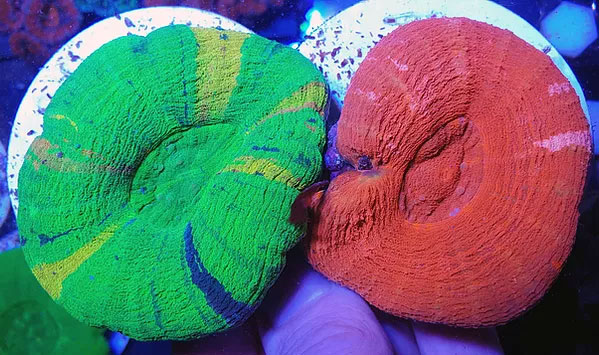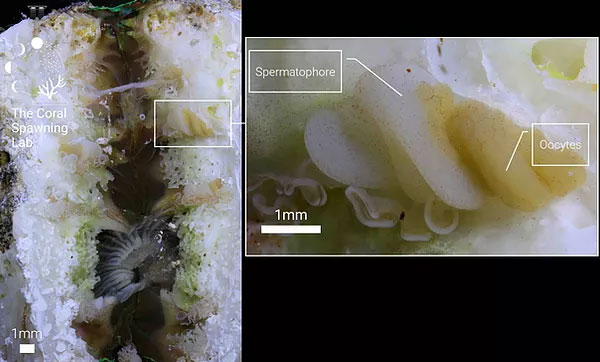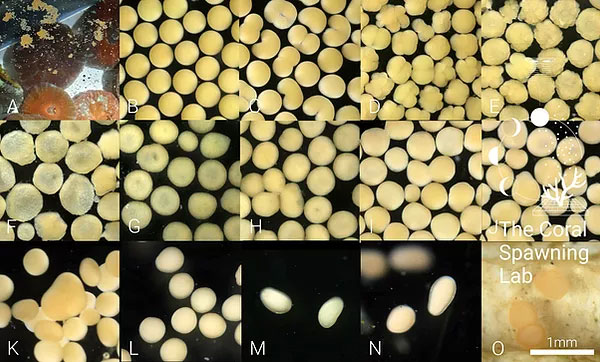
Homophyllia australis Successfully Spawned and Embryological Development Documented for First Time by Coral Spawning Lab Scientists
The coral, Homophyllia australis, endemic to the Great Barrier Reef, has long been a hobbyist favourite due to their large fleshy polyps and the incredible colour variation they can possess. Now, this iconic species has been spawned and embryological development successfully documented thanks to the breakthrough by scientists at the Coral Spawning Lab, based in Morden, on the outskirts of London, England.
The culmination of four years of dedicated research into the species reproduction offers a new hope for sustainable aquaculture to supply the aquarium trade.

“Homophyllia australis is a species that we’ve always wanted to work with due to its limited geographical range but high demand for the aquarium industry. The challenge of working with this species is that no information is available in the scientific literature about how, or when, it reproduces and so a systematic approach has been needed to unlock this iconic species’ secrets,” said Dr. Jamie Craggs, co-founder of the Coral Spawning Lab.
Homophyllia australis is a coral species that may be susceptible to over-collection in the wild, according to Craggs. Using specially designed aquariums in the Coral Spawning Lab’s facilities, individuals were induced to spawn, and gametes (eggs and sperm) collected for fertilisation work. Following a short embryo development period coral larvae have been settled and juvenile corals are now growing out in their facilities. This breeding success adds an important species to the growing list of captive coral breeding efforts and with time is hoped can be expanded to increase the production.

Over the next few years, the team at the Coral Spawning Lab are working on new species to document and continue to develop approaches to increase the production efficiency of coral for both reef restoration and aquarium aquaculture.
###
Editor’s Note – Reported just 5.5 hours later, Monsoon Aquatics also succeeded in breeding Homophyllia australis thousands of miles away in Bundaberg, Australia. See more amazing images and even see a spawning video!
Dr. Jamie Craggs greeted the news from Australia with enthusiasm: “I’d genuinely love to see coral production via sexual recruits be done at a large scale, and if I can be part of that it would be awesome.”





The coral from Monsoon was recently wild caught that was was spawning- all they did was film it and collect the spawn. Collecting the spawn doesn’t mean they have bred scolys, it’s the first step in a very long process. Not as impressive as inducing spawning in a tank like the Coral Spawning Lab! That deserves good credit